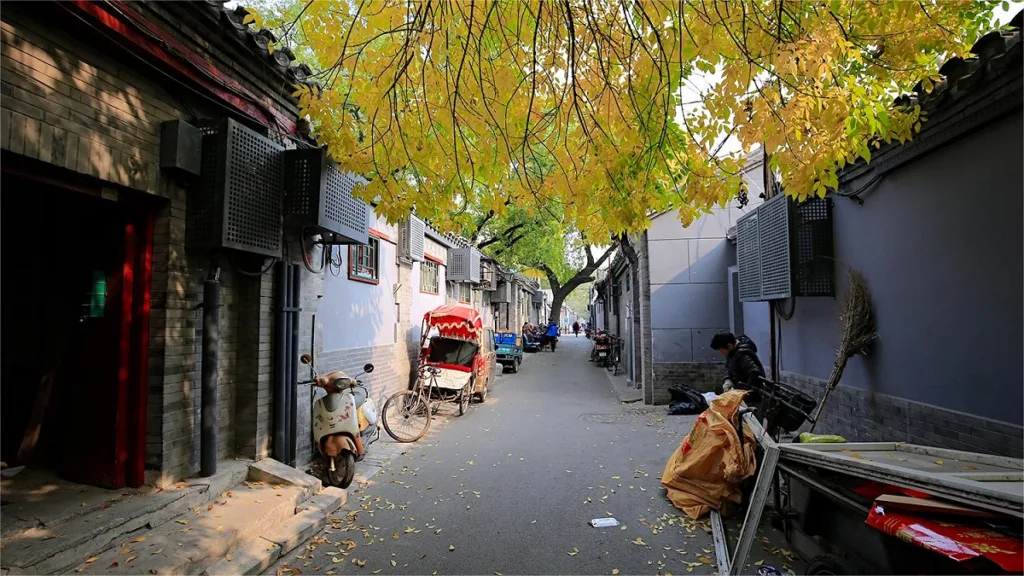Explorar la estructura única de los hutongs de Pekín


The structure of Beijing’s hutongs is distinctive, reflecting the ancient and profound urban culture of Beijing. Hutongs trace their origins back to the ancient Yuan Dynasty. During that time, the layout of the Yuan capital city, known for its mysterious Bagua arrangement, resembled a chessboard with residential areas interspersed. Hutongs emerged as passageways between these residential areas. In the Ming Dynasty, Beijing underwent re-planning, leading to further development and standardization of hutongs.
The main structure of hutongs is the siheyuan, a courtyard house with buildings surrounding a central courtyard. Siheyuan usually consists of a main house, wing rooms, kitchen, and auxiliary rooms, creating a relatively enclosed space. The central courtyard serves as a vital area for family life, functioning as the center for gatherings and activities. The layout of siheyuan is meticulously designed, reflecting the climatic characteristics of the Beijing region, allowing for good ventilation and lighting indoors, while facilitating living and communication among residents.
Hutong buildings are mostly single-story structures, meaning all rooms are on the same level without upper or lower floors. This is due to the limited geographical conditions in the old city area, where hutongs are located, making it impossible to expand construction to higher floors. The structure of hutong buildings often employs stone, brick, and wood, using stone or brick as wall materials and wood for beams and pillars. This construction method ensures the stability and durability of hutong buildings while preserving the characteristics of traditional architecture.
The walls of hutong buildings are generally high to protect family safety and privacy. The courtyards are typically deep, serving to separate residents from the hustle and bustle of the city and providing privacy. The leisurely atmosphere within the courtyard is also an integral part of Beijing hutong culture, as courtyards have been the foundation of countless Beijing families, bearing witness to the stories of generations.